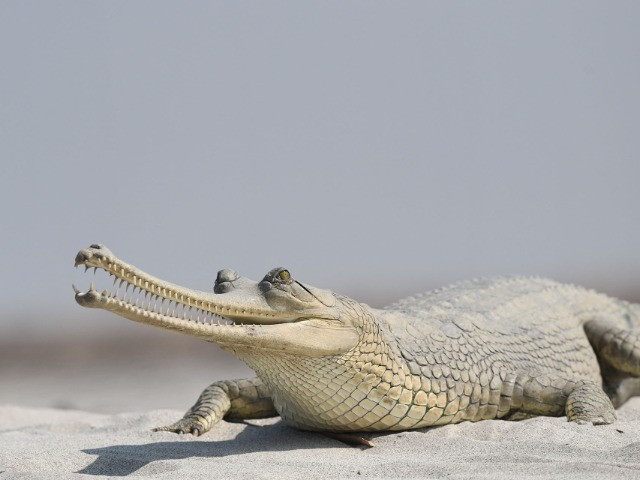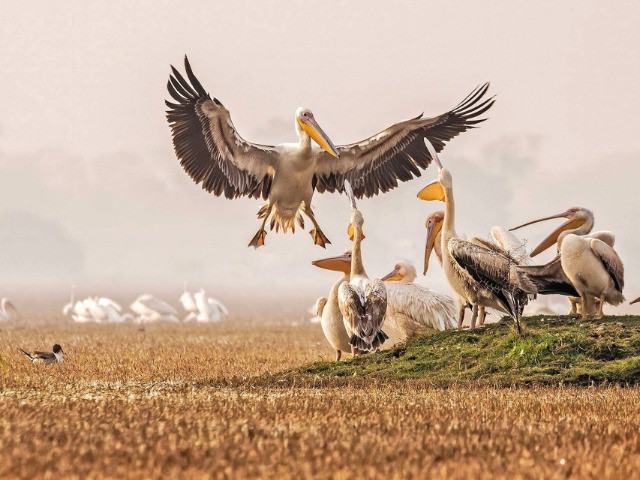National
The Diluted New Avatar Of The Wildlife Protection Act
On December 17, the last day of the Parliament winter session, the Wildlife Protection Amendment Bill, 2021, was tabled in the Lok Sabha. Though a few suggested amendments to the landmark act, such as the regulation of wildlife trade in line with international conventions like CITES (Convention on International Trade in Endangered Species), are welcome, much of the proposed legislation raises serious concerns.
The bill weakens premier institutions like the State Board of Wildlife (SBWL) and National Board of Wildlife (NBWL), writes conservationist Prerna Singh Bindra in her story for The Telegraph. The amendment proposes to include the Niti Aayog in the NBWL, which is problematic as many of the Niti Aayog’s development proposals are in direct conflict with the conservation mandate of the NBWL. Bindra also questions the use of the term ‘vermin’ for wildlife in the amendment, which virtually strips Schedule II animals of any legal protection. The proposed bill also effectively allows for the commercial trade of live elephants.
Mass Mortality Of Spot-billed Pelicans In Andhra Pradesh
‘Nematode infestation’ has led to the mass mortality of Spot-billed Pelicans (Pelicanus philippensis) in Andhra Pradesh's Srikakulam district. Telineelapuram in Naupada swamp in Srikakulam district is a designated Important Bird Area (IBA), which sees large numbers of migratory birds every winter. The total death toll has crossed 160, reported The Hindu, last Friday.
In-charge District Forest Officer S. Venkatesh told The Hindu that they had appealed to the experts from the Wildlife Institute of India (WII-Deharadun), Zoological Survey of India (ZSI-Kolkata), and Bombay Natural History Society (BNHS). “Some samples, including specimens of the dead Spot-billed Pelicans, are being sent to the National Avian Forensic Laboratory (SACON-Coimbatore) for scientific study,” said Mr Venkatesh.
India’s Second Crocodile Park Commissioned In Dandeli
MLA R V Deshpande inaugurated the Dandeli Crocodile Park near the Dandelappa temple on the banks of River Kali on Sunday. The first-of-its-kind in the state of Karnataka, the ₹3 crore project was jointly implemented by the Department of Tourism and the Public Works Department.
The lawn, sculptures of crocodiles, deer, giraffes, pergola facility with sitting arrangements and play equipment for children are the chief attractions. There are watchtowers to facilitate the visitors to have glimpses of the crocodiles, reported the Deccan Herald.
You may also like to read
More Than 500 Media Reported Cases Of Illegal Wildlife Trade In India In 2020
In their latest report, WCS-India's Counter Wildlife Trafficking (CWT) Programme collated a total of 522 unique instances of poaching and illegal trade using exhaustive keyword searches through Google and GDELT (Global Database of Events, Languages and Tone) between January 1, 2020, and December 31, 2020.
The maximum number of reported incidents belonged to the group ungulates (89 incidents), closely followed by tigers and leopards categorised as big cats (82 incidents). Other species reported in wildlife crimes were pangolins (72 incidents), tortoises and freshwater turtles (61 incidents), elephants (57 incidents) and red sandalwood (52 incidents).
Read more: Media-Reported Wildlife Poaching and Illegal Trade in India: 2020 > WCS-India
International
224 Newly Discovered Species From The Greater Mekong Region
The World Wildlife Fund (WWF) has published a list of 224 newly discovered species from the Greater Mekong region, which includes Cambodia, Laos, Myanmar, Thailand and Vietnam.
The list includes the Popa Langur, a monkey with ghostly white circles around its eyes, a big-headed frog, a crocodile newt and the only known succulent bamboo species. K. Yoganand, WWF-Greater Mekong's regional lead for wildlife and wildlife crime, said that the species were "under intense threat", with many of them "going extinct even before they are described".
Read more: Ghostly monkey and crocodile newts among new Mekong area species (BBC News)







